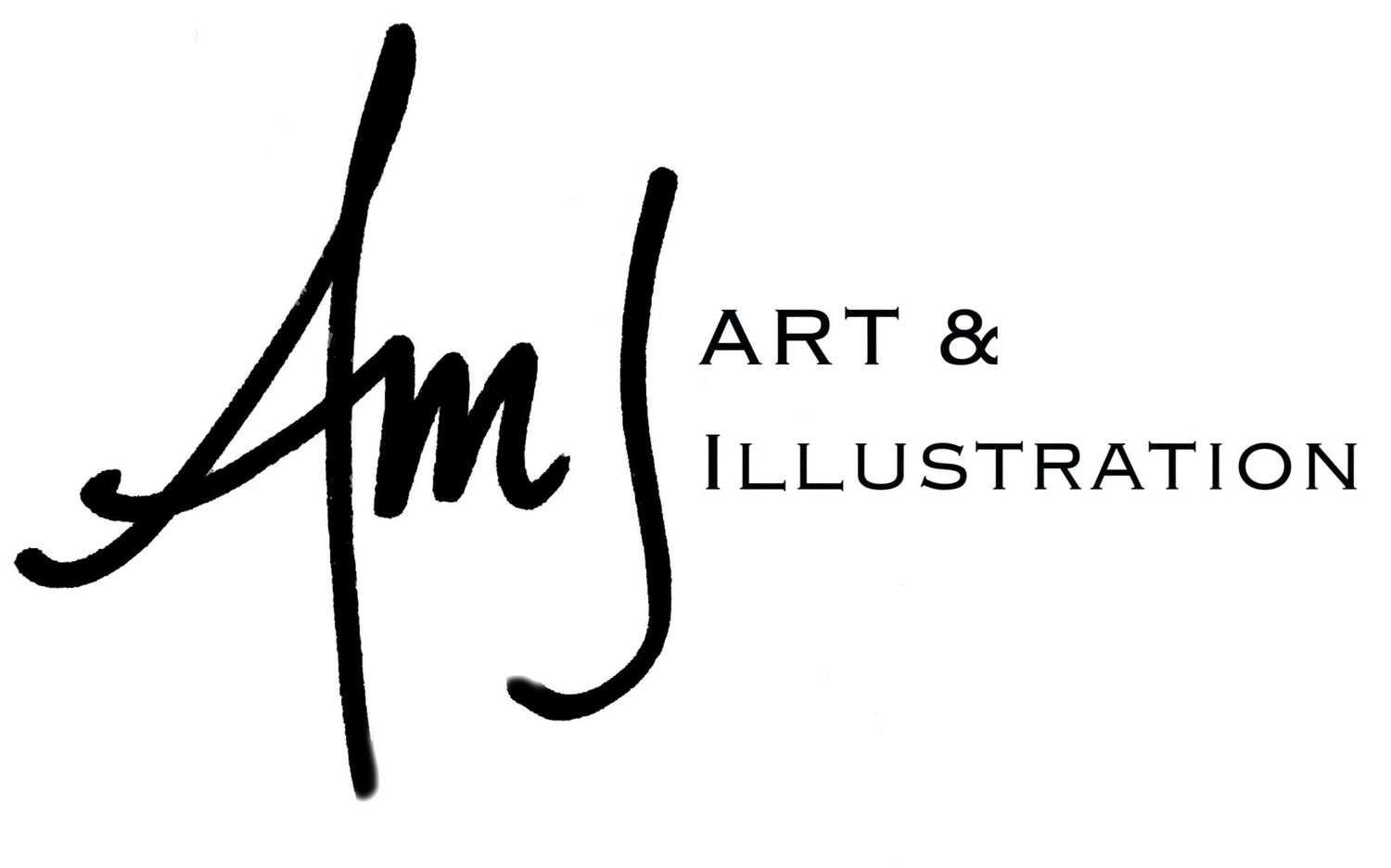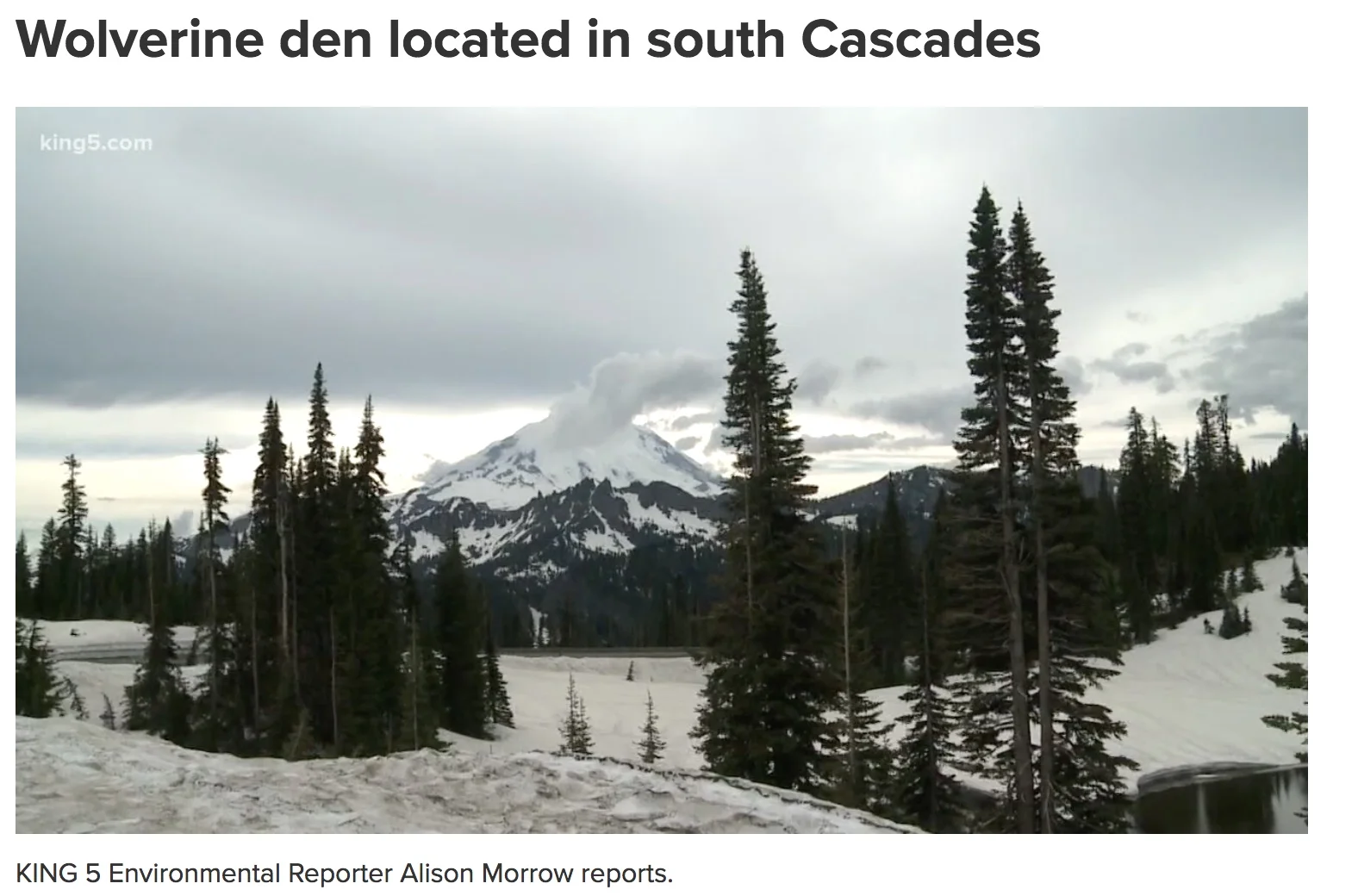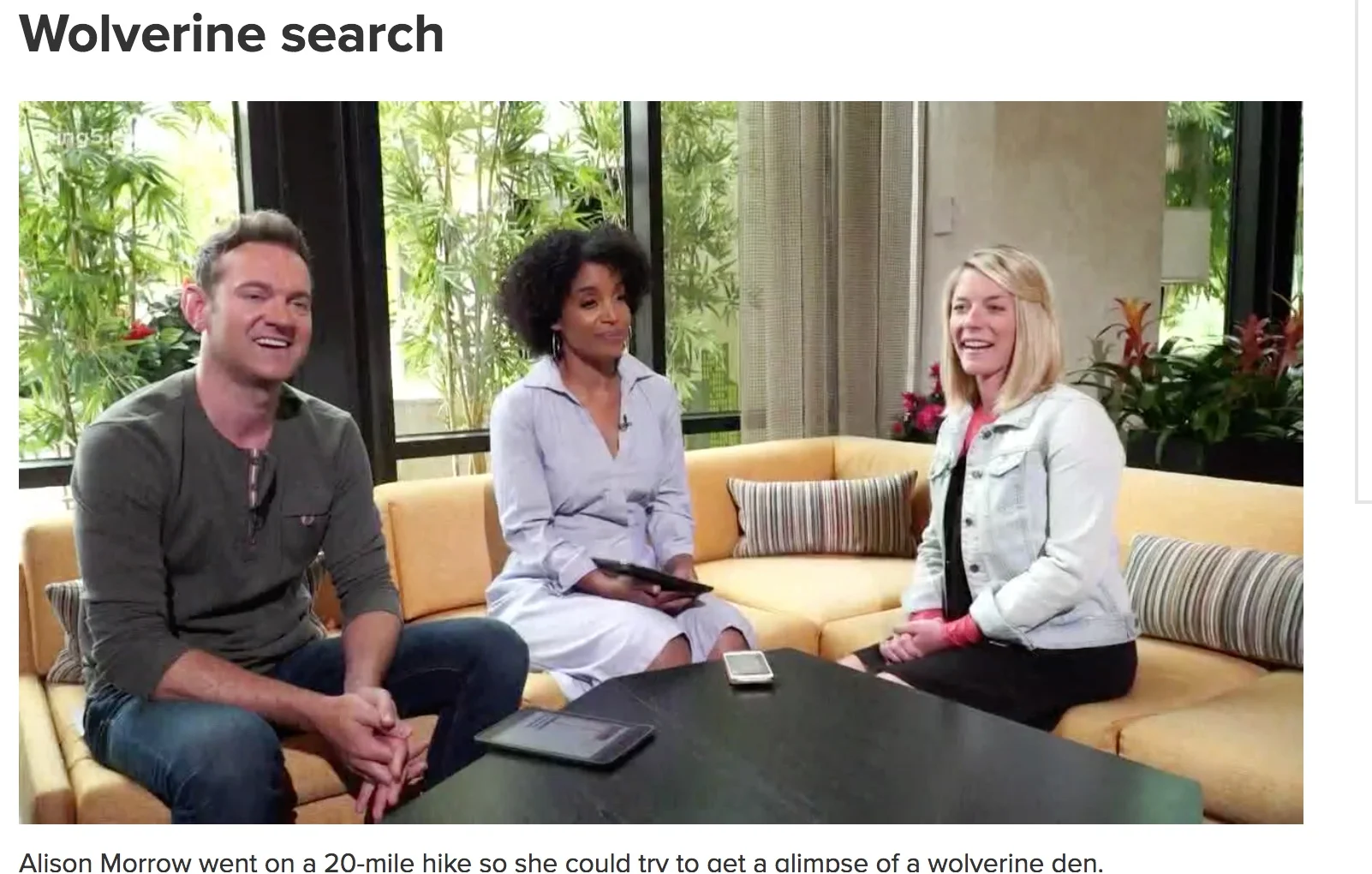The below video is shot and edited by Environmental journalist: Alison Morrow for KING5 - please watch!
In June 2018 I had the opportunity to tag along with the Cascades Carnivore Project into the Southern Cascades where a wolverine den was recently found. My role was to illustrate and visually document the den and surroundings.
For those of you who don’t know what a wolverine is, you’re not alone here. Many friends I spoke to about my trip thought a wolverine was a small wolf, made jokes about seeing Hugh Jackman in the wild, or thought they were the stuff of legends. Wolverines are cute, yet vicious member of the weasel family, but more closely resembles a little bear, in my opinion.
Its jaws can bite through bone, and it can take down any mid-sized animal to chow down on. Their territory spans into the upper end of the double digits, and they are mostly solitary. I also happen to think they are just too cute (but not something I’d like to run into by my lonesome).
My friend, Bennett Dewan, took the above photo. You can check out more of his wildlife photography at his website: www.bennettdewan.com . He’s truly brilliant.
It must be mentioned that wolverine sightings are incredibly rare, as not only are they elusive, but they were thought to no longer live in the area. Wolverine sightings are a HUGE deal, so to be included in this was absolutely incredible.
The hike (20+ miles in all) in took us across a raging river and over some snow pack, which turned out to be my downfall. After setting up camp, the team and i set out for another few miles to scout out the wildlife cameras and collection stations. This is where scientists/biologist collect samples of fur to see how many wolverines/other species have been visiting the pungent bait - which is dangling from a rope in a tree to lure in interested wildlife- to be photographed.
It appeared that Pepper, the resident female wolverine, whose den we were on our way to visit, visited with her Pepperoni - otherwise known as her kits. So. Stinking. Cute.
Not far from a beautiful lookout of the Cascades, sadly my trip took a turn for the worst. As I was discussing how excited I was to sketch and observe the area the following day, I broke through the thawing snow pack and straight into an underlying tree.
While normally this is not a huge issue, unfortunately for me, a wave of nausea hit and I knew something wasn’t quite right. As it turns out, I managed to sprain my ankle at a Grade 3 level: where I completely tore ligaments in the right side of my ankle, making it very difficult to walk down hill without rolling my already rapidly swelling ankle.
Regardless, I managed to make it to the wolverine den, which was massive! In June, the wolverines had already made their way to their summer home, so there were no run-ins, or needs for quick getaways. It truly was a sight to take in!
An environmental reporter for a local TV station took fantastic footage about the whole trip; you can watch it below, and in a different segment above:
I get a special mention as the “Illustrator Lady”.
Sadly after one day and night, I had to head back to civilization with the KING 5 crew. Crossing over a raging river with a busted ankle was terrifying, and of course, hiking downhill was no treat. It’s truly amazing how much adrenaline (or whatever it was) takes over to get you through to the otherside. As soon as I got into the car, my ankle ballooned to 3 times the size it was whilst hiking.
After realizing I couldn’t drive back into Seattle, I spent the night in Yakima and ate an entire Domino’s pizza by myself while watching “Southern Charm” - truly wonderful and horrifying.
Regardless of the lingering injury, I would really enjoy doing more conservation work - artistically. I gotta get the ankle back up to snuff, as it’s not quite there yet. to go on mountain treks to find the rare and elusive. Hopefully soon enough!
Thanks again to the Cascades Carnivore Project for allowing me to tag along!
You can see my illustrations under the pen and ink section of my website titled: Pepper, the wolverine, and Vulpes Vulpes.




